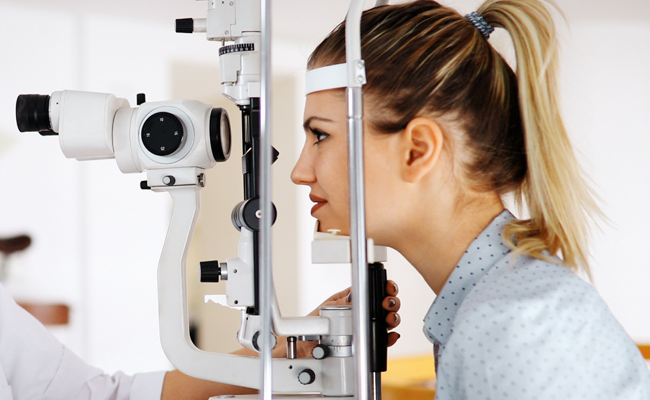

A Best Retina Specialist in Ghatkopar check-up is an essential part of eye care, particularly for individuals at risk of or with a history of retinal diseases or conditions.
It's important to have regular retina check-ups, especially if you have risk factors for retinal diseases such as diabetes, high blood pressure, a family history of eye conditions, or if you experience symptoms like sudden changes in vision, flashes of light, or floaters. Early detection and treatment of retinal problems can help preserve your vision and prevent further complications.